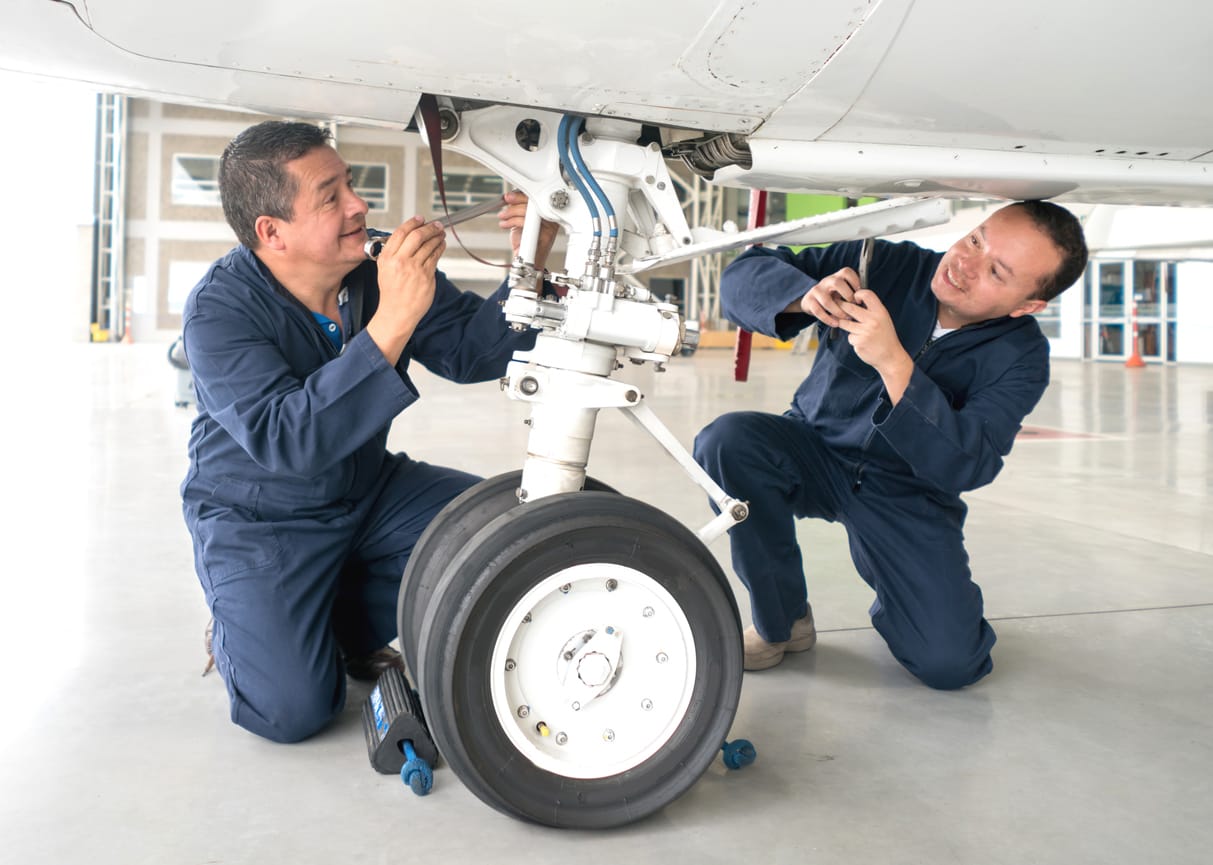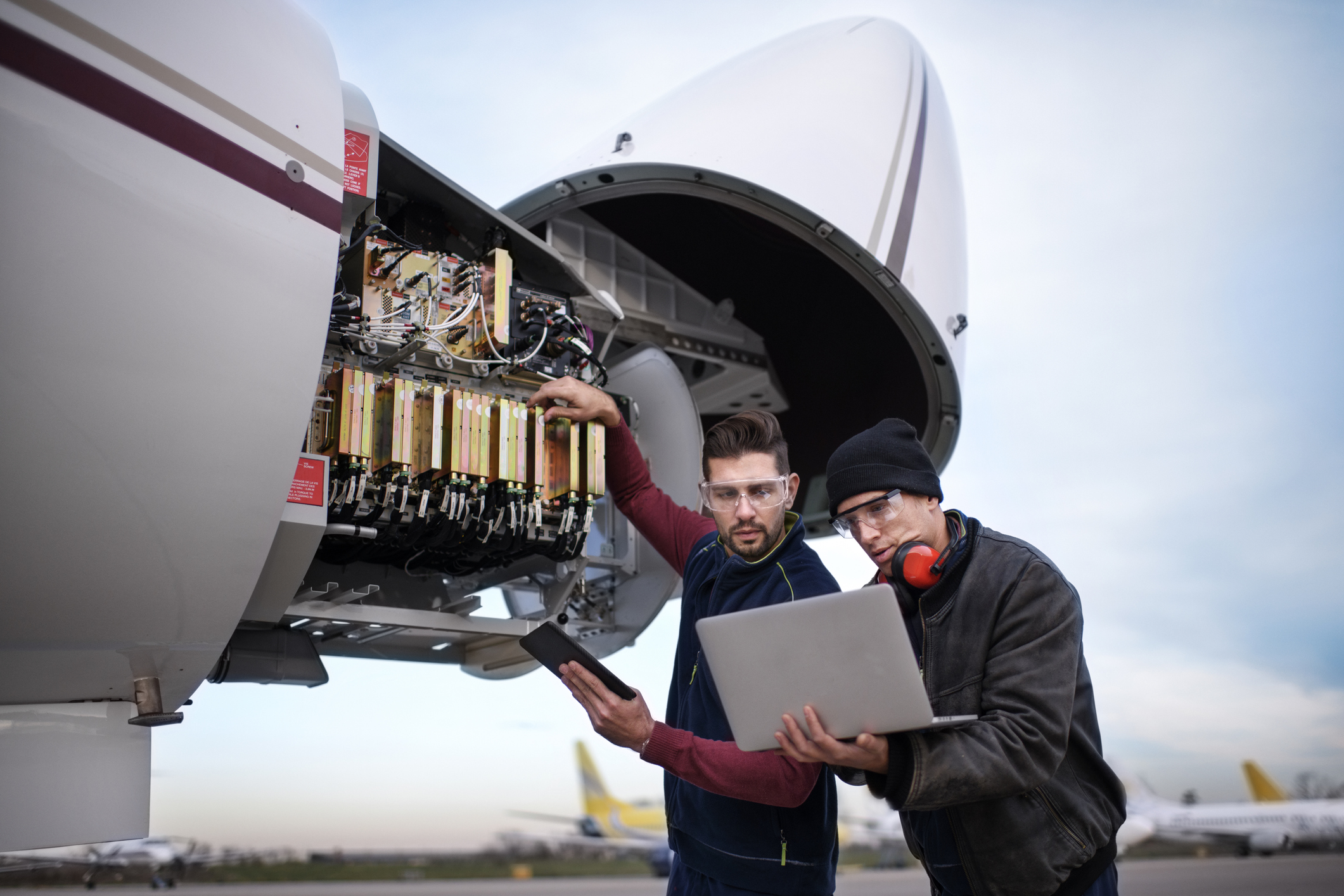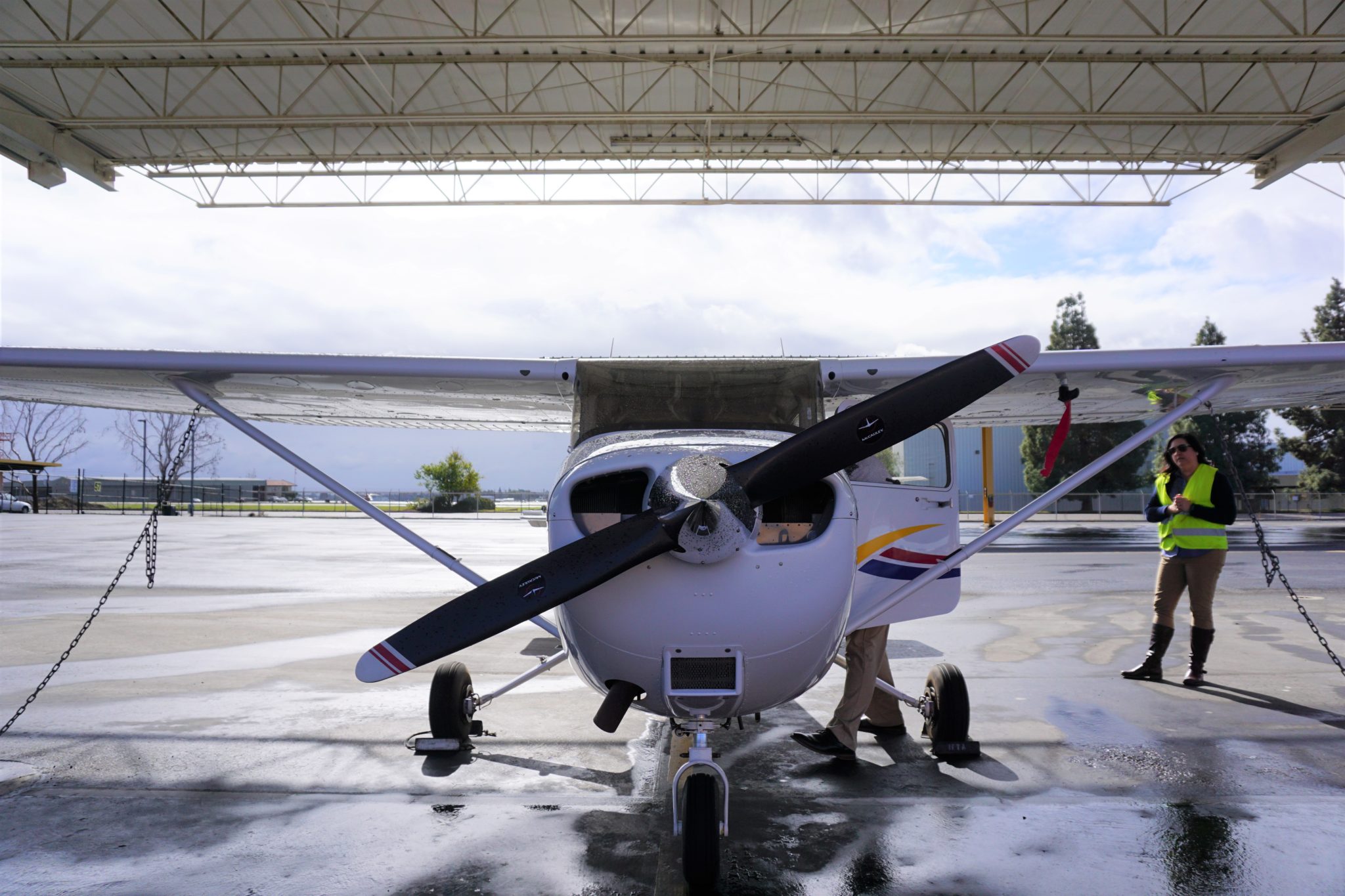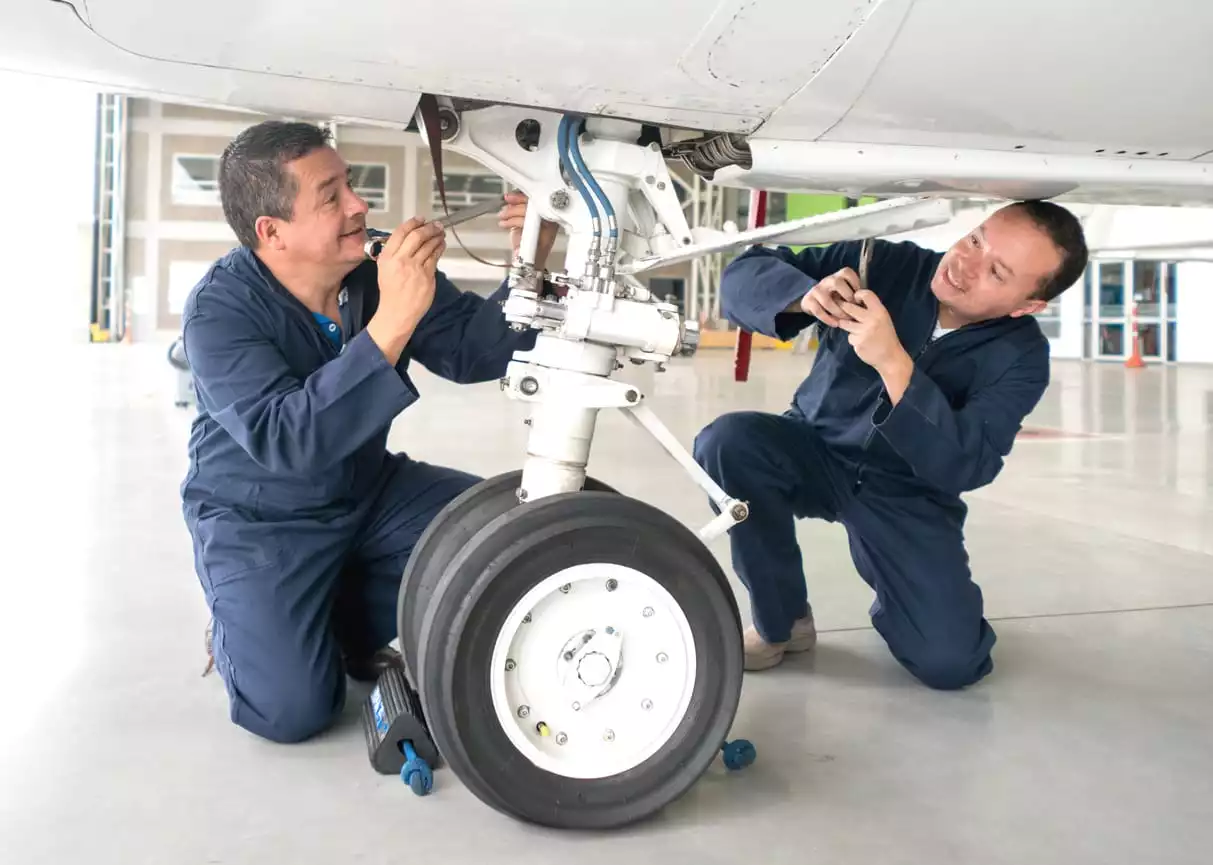Since flying is such a complex operation, the reality of maintenance on any aircraft type can seem daunting. However, by paying close attention to the aircraft’s operation and keeping track of flight hours, pilots can keep their airplanes flying for years. Military aircraft follow maintenance procedures and intervals which are similar to the civilian world.
Here are a few aspects of maintenance to keep in mind when it comes to keeping your airplane structurally sound.
Aircraft Annual Inspection Requirements
The most basic maintenance requirement for airplanes is an annual inspection. At least once a year, a certified and appropriately authorized aircraft mechanic must conduct a detailed inspection of the entire airframe. The mechanic might take out the seats, remove interior panels and trim pieces, and disassemble the engine.
Each component is carefully inspected for cracks, excessive wear, and corrosion. The airplane is then put back together, taken for a test flight, or at least given an engine run-up to check for leaks. The mechanic then signs the airplane’s maintenance log, certifying that it is safe to operate for another year.
Changing the Oil
Just as in a car, another basic airplane maintenance procedure is changing the engine oil.
Like car engines, different aircraft engines require different weights and grades of oil. The typical Cessna, Piper, Cirrus, etc light airplane engine needs the oil changed every fifty hours of operation. Jet engines have oil change intervals specified for each model by their respective manufacturers.
But unlike car engines, aircraft engines run at extremely high temperatures and pressures, near the top of their power capacity. Car engines, on the other hand, spend most of their operating lives producing only a fraction of their rated horsepower.
FAA 100 Hour Inspection
An airplane which is operated for hire at a flight school or some other commercial application requires an inspection every one hundred hours of flight time. It is therefore known as the “hundred-hour inspection”.
Some people confuse the “hundred-hour” as being the time it takes to complete the procedure. A one hundred hour inspection usually can be performed within one or two working days, unless problems are discovered which require corrective work or replacement parts.
A “hundred-hour” is actually the same procedure as an annual inspection. The difference lies in the paperwork: An annual inspection must be signed off by a person holding an Inspection Authorization, which is a rating on his or her Airframe and Powerplant mechanic certificate, whereas a “hundred-hour” can be signed by any mechanic.
FAA Airworthiness Directives (AD)
When airframe, engine, or aircraft component manufacturers discover a problem requiring immediate action, they issue a document called an Airworthiness Directive or AD. An Airworthiness Directive must be complied with within a specified calendar time frame or operating hours interval; otherwise, the aircraft is grounded until the AD is followed. An AD is usually an inspection of a component, replacement of a part or series of parts, or simply monitoring for a particular condition.
Service Bulletins (SB)
If a problem requires correction eventually but doesn’t rise to the level of an emergency, a manufacturer will issue a Service Bulletin or SB. The wording and corrective action of an SB are typically the same as an AD, the difference being that an AD carries the weight of FAA enforcement behind it. An SB, however, is only the manufacturer’s recommendations. In other words, non-compliance with an SB does not affect the legal airworthiness of an aircraft.
However, an SB is sometimes a prelude or companion to an AD, since a private company can produce maintenance documents much quicker than the federal government. That is why the wording of an AD usually mimics an SB, because when a problem arises, the manufacturer will quickly put out an SB. Should the FAA determine the issue is serious enough, it will effectively turn the SB into an AD.
A, B, C, and D Checks
In the airline or air carrier world, aircraft are subjected to much more thorough and rigorous inspection schedules and maintenance processes because those aircraft fly much more often than private aircraft and are carrying paying passengers. These inspections are labeled A, B, C, and D checks.
A Check
The A check is the quickest and lightest of the inspections. It’s required roughly every 500 hours, 250 cycles (flights), or whatever schedule the airline has approved by the FAA. The A check can be accomplished at an overnight stay at a maintenance facility, meaning the aircraft doesn’t have to miss a day of service.
B Check
The B check is more involved and is required about every six months. It takes one to three days to complete, so the aircraft isn’t out of service for too long. Some airlines incorporate items from the B check into the A check, so that after a certain number of A checks, everything in the B check is accomplished. This is called a progressive inspection program, which lowers the amount of time an aircraft is pulled from service.
C Check
The C check is the airline equivalent of an annual inspection, except that because of constant A and B checks, the C check is required every two years, or however often is required by the FAA. The C check takes about a week to do, involving removal of the interior, opening inspection panels on the airframe, and disassembling the engines unless the engines are on a separate maintenance schedule. The C check is often when an airline will upgrade seats, entertainment systems, and other interior components.
D Check
The D check, known as the “heavy check,” is the most involved, comprehensive, expensive, and time-consuming inspection. The D check occurs about once a decade and removes an aircraft from service for months on end. Because of the cost and time out of service (an additional cost itself), most airliners are designed to last through only a few heavy checks before they are scrapped or parted out. The D check requires complete disassembly of the aircraft, and even the paint is stripped away to inspect for corrosion and cracks.
If you’re interested in pursuing a career in aircraft maintenance, we can help you get there with our aircraft maintenance program.
Ready to soar in your aviation career?
Mr. Matthew A. Johnston has over 23 years of experience serving various roles in education and is currently serving as the President of California Aeronautical University. He maintains memberships and is a supporting participant with several aviation promoting and advocacy associations including University Aviation Association (UAA), Regional Airline Association (RAA), AOPA, NBAA, and EAA with the Young Eagles program. He is proud of his collaboration with airlines, aviation businesses and individual aviation professionals who are working with him to develop California Aeronautical University as a leader in educating aviation professionals.




It’s interesting to learn that airplanes also require oil changes, and the oil depends on the type of aircraft that is being worked on. I think it would be smart to work with professionals on getting all that kind of stuff done so that you could make sure it was done safely and correctly. Thanks for detailing all the maintenance an airplane needs.
Thank you for your comment! Maintenance is an incredibly important aspect of aviation!